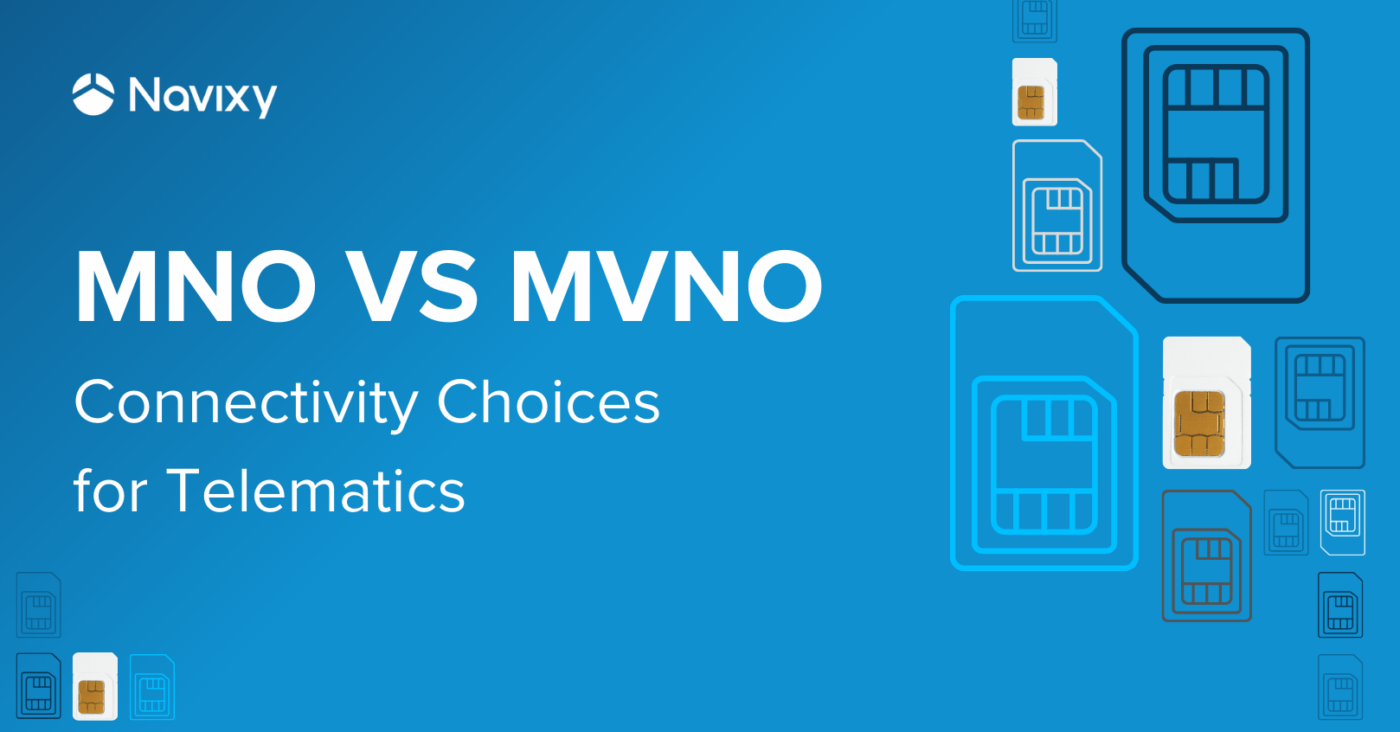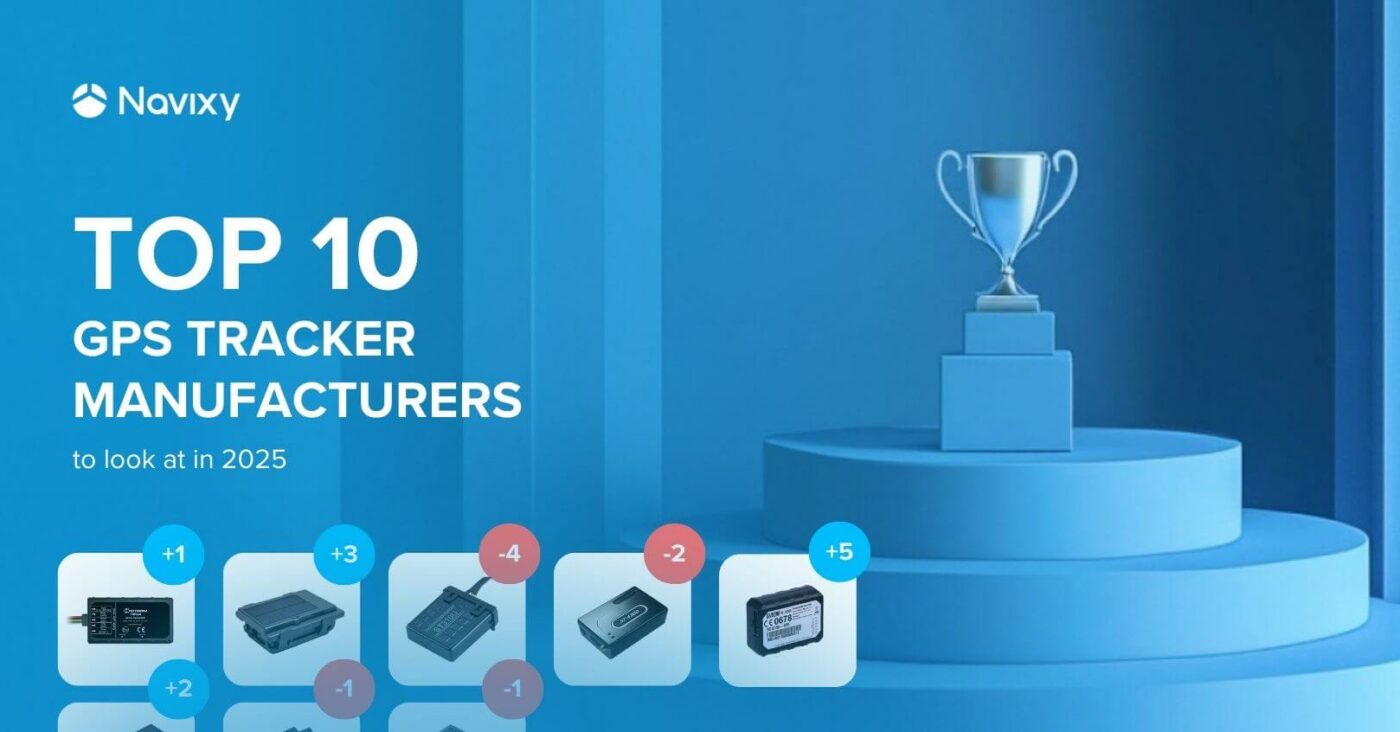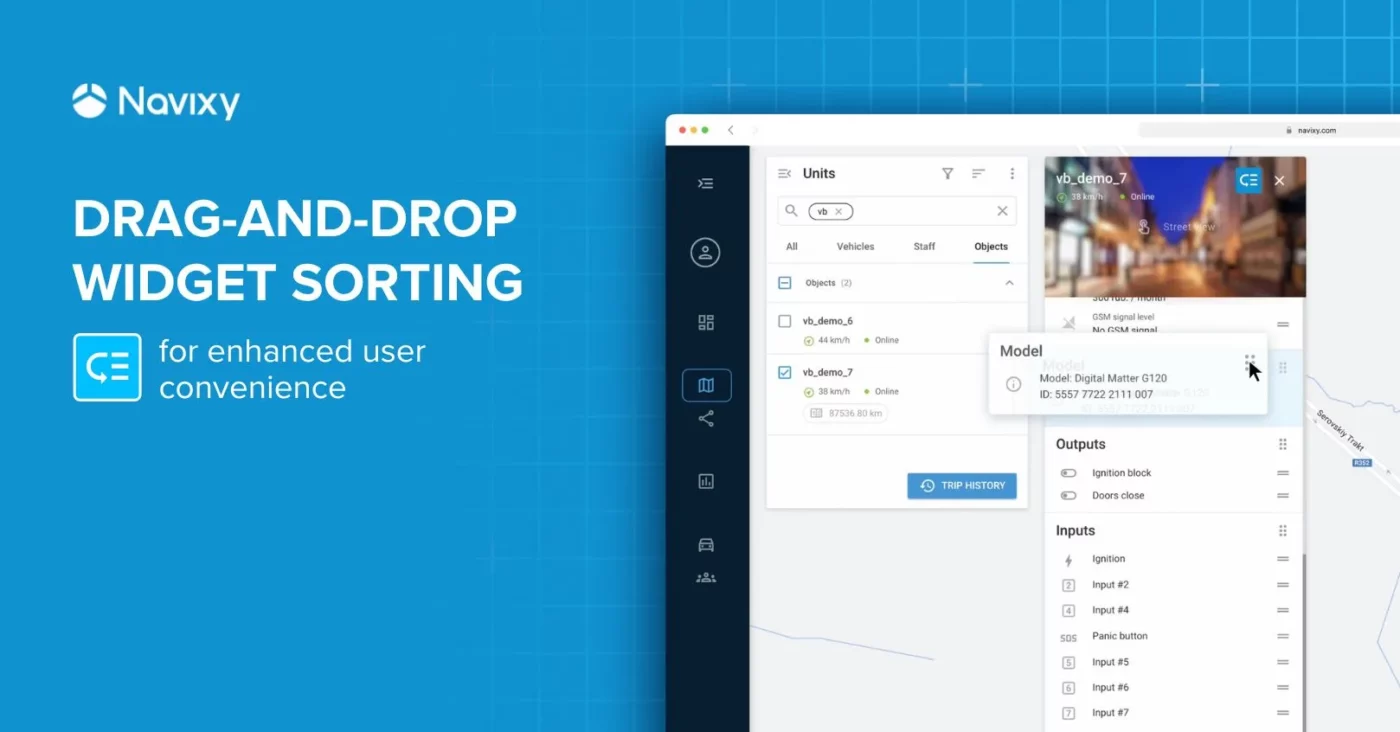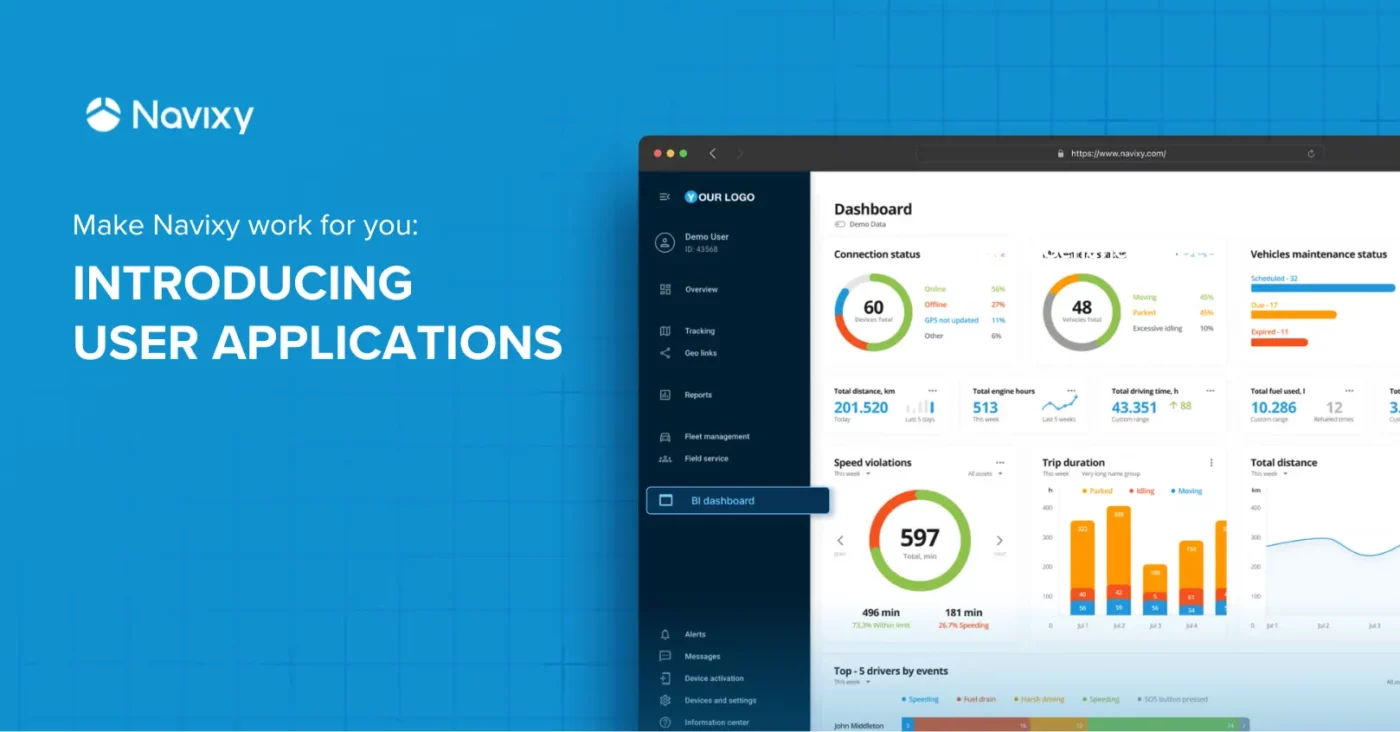The foundation of any telematics business lies in its GPS trackers and telematics software. Each component plays a critical role in collecting and analysing vehicle data, providing valuable insights utilised in fleet management. To ensure the platform receives the data promptly and accurately as intended, it's essential to select the appropriate connectivity type. Choosing the right type of connectivity is a strategic decision that impacts operational costs and efficiency for each business.
Role of Wireless Mobile Network Operators (MNOs) and Mobile Virtual Network Operators (MVNOs) in mobile connectivity
Wireless Mobile Network Operators (MNOs) facilitate this connection by owning and maintaining the network hardware that provides service to customers. MNOs are the backbone of mobile connectivity, operating the cell towers and infrastructure that enable data and voice services.
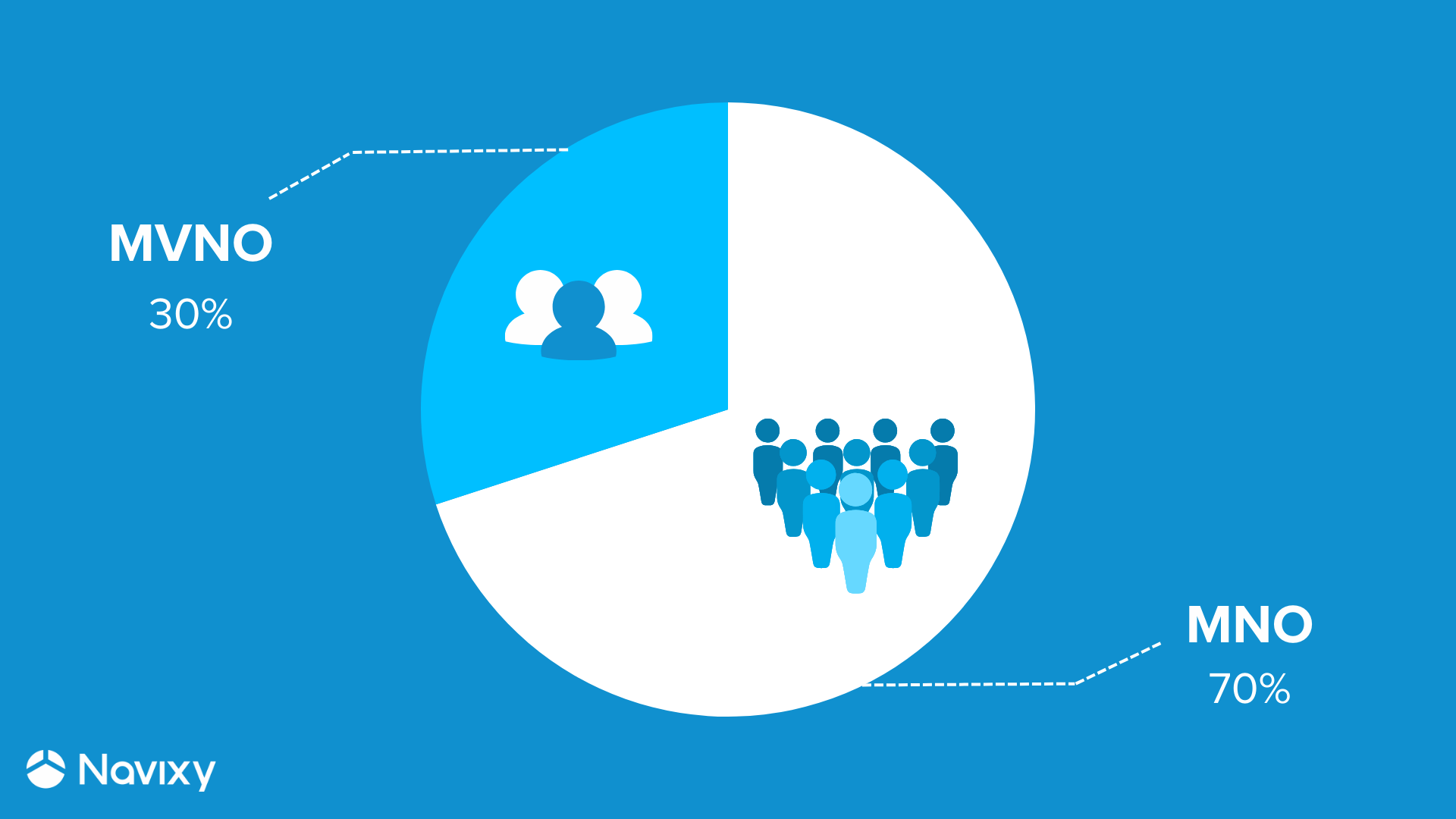
MNOs often don't use their full capacity. For example, an MNO's network can handle 100,000 users, but only 70,000 are active, MVNOs can step in. MVNOs sign an agreement to lease network capacity from MNOs, offering services under their brand without owning the network. This lets MVNOs operate with lower costs and provide competitive prices. This arrangement benefits both parties, as MNOs can monetise excess capacity, while MVNOs can provide competitive services without infrastructure costs.
Choosing between MNO and MVNO
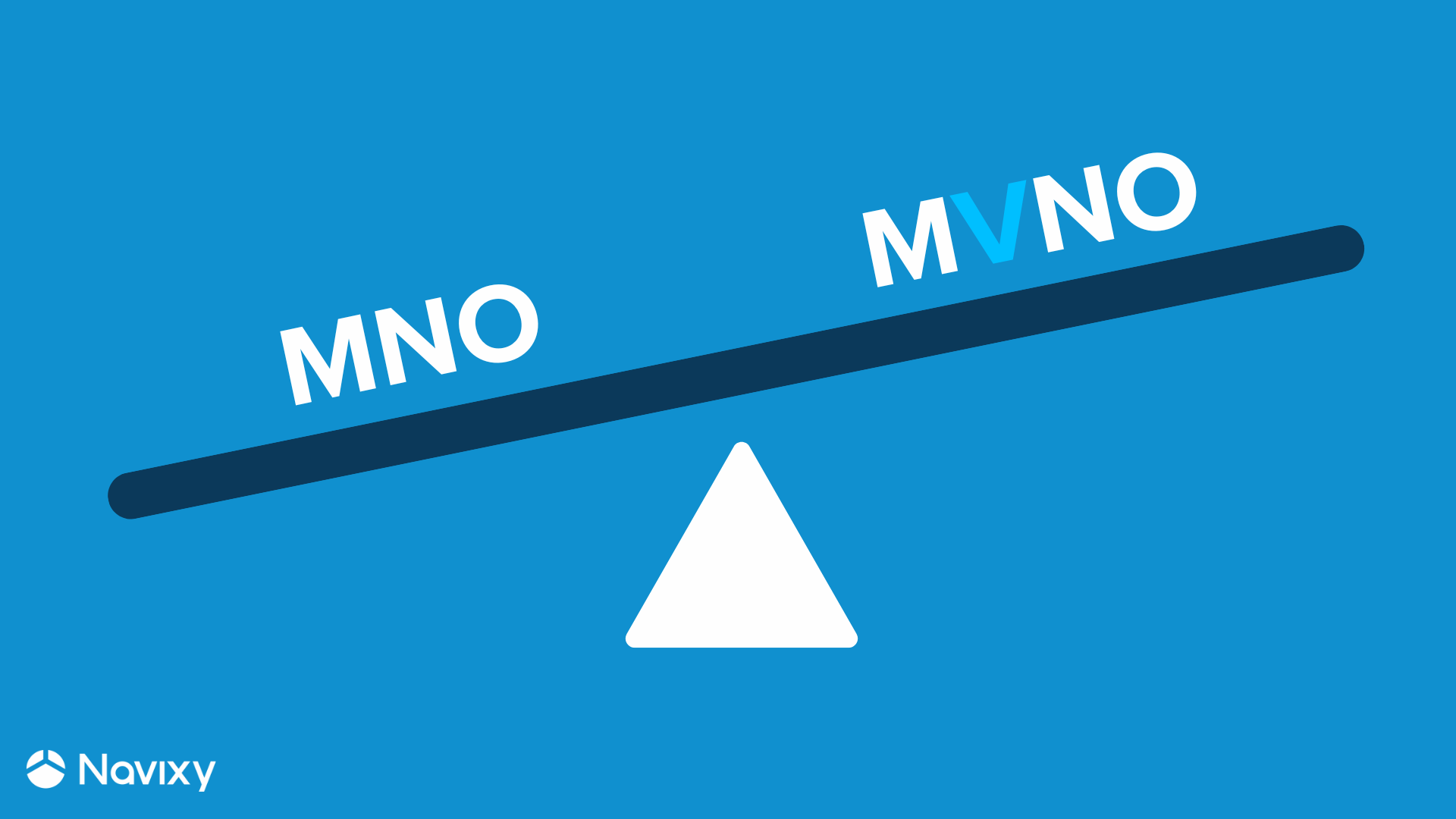
When choosing between MNO and MVNO, you need to analyse how your business will operate, the geography of your customers' travels, what devices they plan to use, how they plan to use them, and which location accuracy is required. All factors should be considered together to weigh the advantages of MNO and MVNO solutions.
The main difference between MNO and MVNO on the Navixy platform:
For MVNO, there is no option to send SMS commands. The first thing to pay attention to is how you and your customers plan to connect devices to the platform.
The Automatic setup connection is not available for MVNOs. Automatic setup requires an SMS gateway installed for your panel. You can connect devices within one click. The platform will simply send the necessary SMS commands to MNO’s SIM cards. You can't change the commands, so automatic setup is a one-size-fits all solution.
For MVNO, the only way to connect devices is to configure them manually. Many of our clients do so because they adjust trackers to fit the needs of each business and client, taking into account individual requirements.
Overview of connectivity and communication costs.
The next factor will be the cost of connectivity. Compare the cost of MNO and MVNO connectivity. The cost may include:
- Hardware fee: many MVNOs charge monthly for the telematics hardware provided. This fee can vary based on the type of device and its capabilities, such as GPS tracking only or video telematics.
- Operator platform fee: Some MVNO may have a recurring charge for access to the MVNO's platform.
- SMS pooled: For operations that require text message notifications or commands to and from devices, operators may offer pooled SMS packages, which allow for a certain number of messages across all devices at a fixed price.
- SIM card price: each SIM card requires a one-time payment to enable cellular connectivity for telematics devices.
It's crucial to keep in mind that almost all devices transmit information to the platform using mobile internet. Charges for internet data usage are usually segmented by geographic regions, such as global or local coverage, with prices typically set per megabyte (MB). The rate can differ significantly depending on whether the data usage is within a single carrier's network or utilises a multi-carrier setup to ensure broader coverage.
Therefore, important to pay attention to the cost of Internet traffic at the provider and compare it with your customers' needs. We did research with our partners and found out that there are several variants of plans by usage purpose:
- 5 to 20 MB Data Usage per Month: Ideal for day-to-day vehicle monitoring and small amounts of sensor data - one or two. The implication is that the devices will not send location data too often. Also, the devices will not be able to generate a large number of events.
- 20 - 90 MB Data Usage per Month: This plan is suitable if the devices send data more frequently to the platform, which is required for accurate location determination, along with this data information from many sensors at once. Such plans can be used to track harsh driving and other information about drivers' behaviour on the road when the number of events sent by the device will be much higher than usual.
- From 2 GB or more Data Usage per Month: This plan is tailored for video telematics, where large amounts of data must be transmitted to the server. It supports continuous video streaming or high-resolution image capture, necessitating substantial data bandwidth.
It's crucial to ensure that the chosen mobile operator provides adequate coverage in your operations' regions, considering potential variations in data pricing across these areas. MVNOs typically procure capacity from MNOs, often focusing on serving urban or densely populated areas.
Conclusion: Navigating the Choice Between MNO and MVNO Connectivity Solutions
Choosing between MNO and MVNO is a strategic decision that requires understanding your business needs, how your devices will be used, and how accurately you need to track your units within the fleet. This choice impacts device connection methods, operational costs, and overall efficiency. It's about weighing the benefits of automatic versus manual activation and navigating the complexities of connectivity costs and challenges. It helps ensure you pick a connectivity solution that not only fits your budget but also supports your goals, making your operations as effective and efficient as possible.
Ready to take the next step? Contact us today to learn more!
Our team is here to answer any questions and assist you further. Click here to find our contact details.
